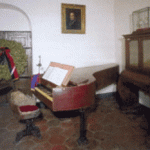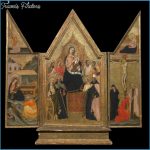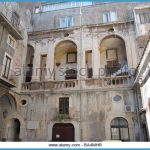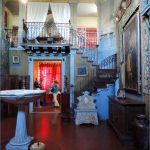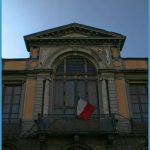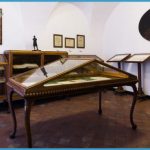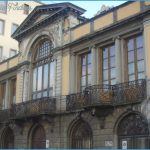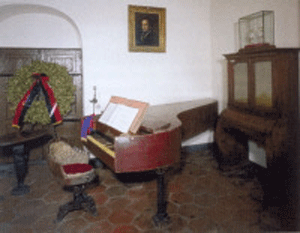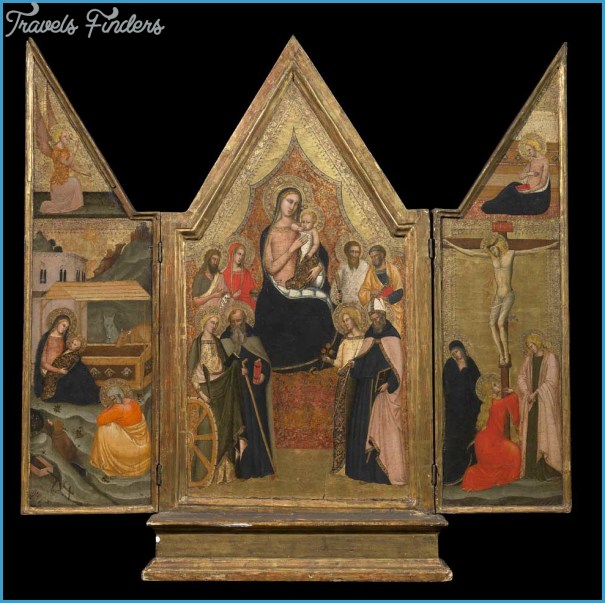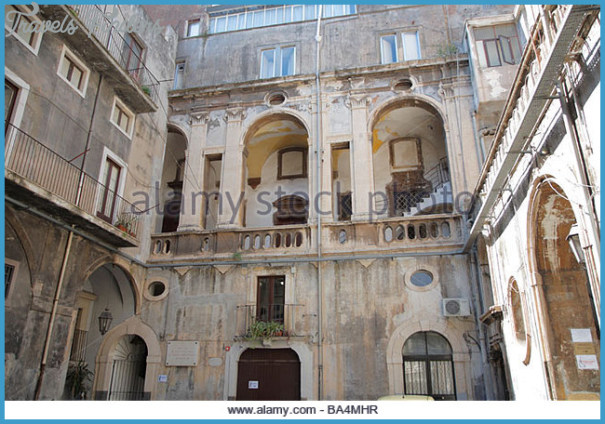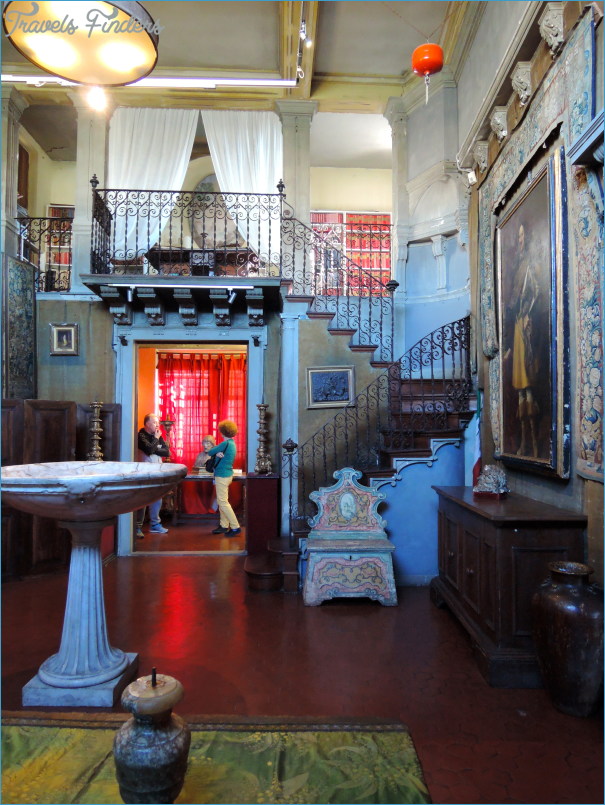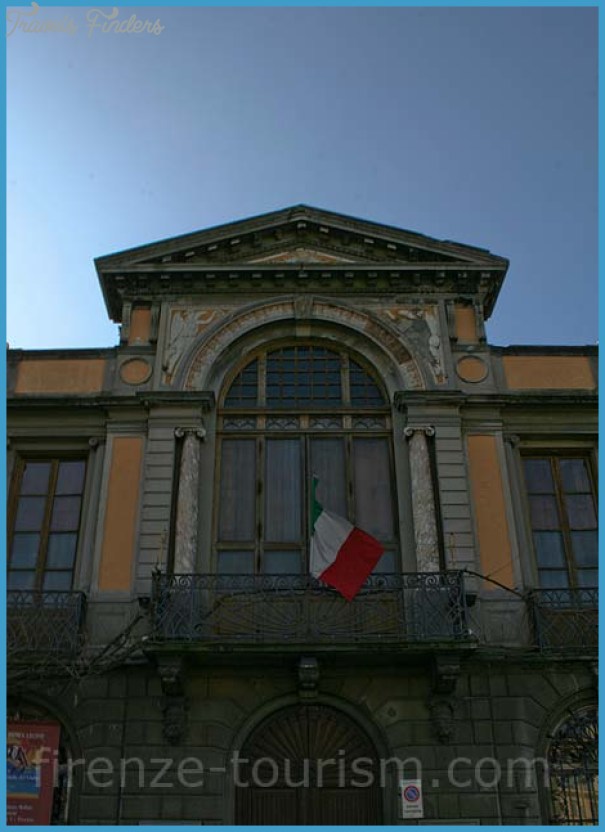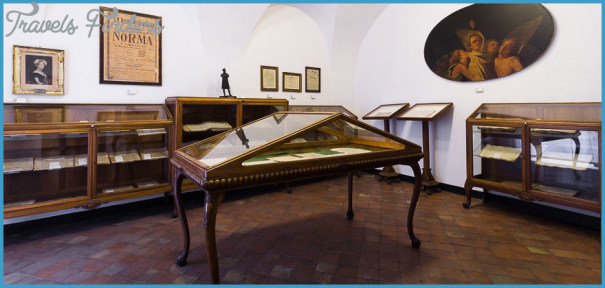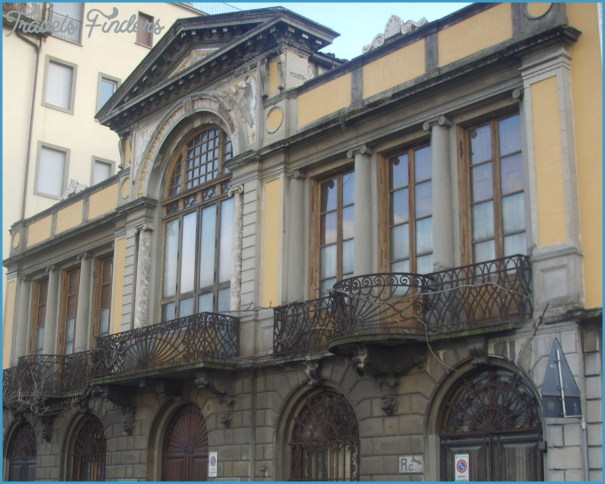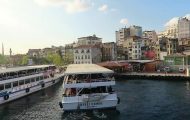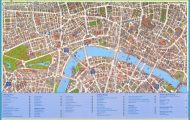The son and grandson of musicians, Vincenzo Bellini was born in 1801 in Catania, on the island of Sicily, in the shadow of Etna. The three-room flat in which his parents lived, on the first floor of the Palazzo Gravina Cruylias in the Piazza San Francesco d’Assisi, is now the Museo Belliniano.
To judge from a manuscript account of his childhood, in the archive of the Museo, Vincenzo, nurtured by his father and grandfather, demonstrated remarkable musical precocity. When he was 18 he was granted a four-year stipend by the city council to study at the Real Collegio in Naples, on condition that he submitted compositions and verification of his regular attendance and that afterwards he would return to live in Catania.
BELLINI MUSEUM Photo Gallery
But opportunities to compose for Europe’s greatest opera houses – in Milan, Vienna, Parma, Venice, Bergamo, London, Paris and Naples – soon beckoned, and he returned only on occasional family visits. The city council nevertheless showed their approval and indeed their pride in his spectacular success abroad by striking a medal in his honour in 1830. Later, in 1876, the city fathers succeeded in arranging for his remains to be exhumed from the Pere Lachaise cemetery in Paris and re-interred, with pomp and ceremony, in the 11th-century cathedral close to his birthplace in the centre of the city. In 1882 a monument to him was put up in the Piazza Stesicoro. Taking their cue from Catania, the City of Naples, which already had a theatre named after him, erected a monument in 1884.
The Museo Belliniano, opened by King Vittorio Emanuele III in 1930, has changed very little over the years and exudes a slightly eerie atmosphere that visitors will not readily forget. It occupies the equivalent of what must have been two flats in the palazzo, of which five rooms are used for display and one is a library. The first room is hung with 19th-century prints of Catania as Bellini would have known it. The second, the room where he is thought to have been born, displays some of his personal possessions – the piano at which he is said to have composed Norma in 1831, his pocket watches, a silk handkerchief, stick pins, medals and various presents that he received – as well as a portrait, the original death mask, autograph letters and documents relating to his final days. The third room, lined with collages of hundreds of reproductions of portraits and scenes from the Catania, Milan, Naples, London and Paris periods, also exhibits his grandfather’s harpsichord. The fourth room is a treasure trove of Bellini autographs – the operas as well as sketches of incomplete works, together with editions, librettos, playbills and facsimiles of set designs and portraits of Bellini singers; there is also his square piano, built in Milan by Carl Fuchs. The fifth is voyeuristic and representative of attitudes to death, equally in 19th-century France and 20th-century Sicily: the visitor is invited to peer at Bellini’s original coffin and other funerary relics, examine photographs of the exhumation and compare death masks of the composer made 41 years apart. Finally, there is the Sala Biblioteca, a dedicated research library, whose archive contains further Belliniana and autograph manuscript music by Bellini’s grandfather.

